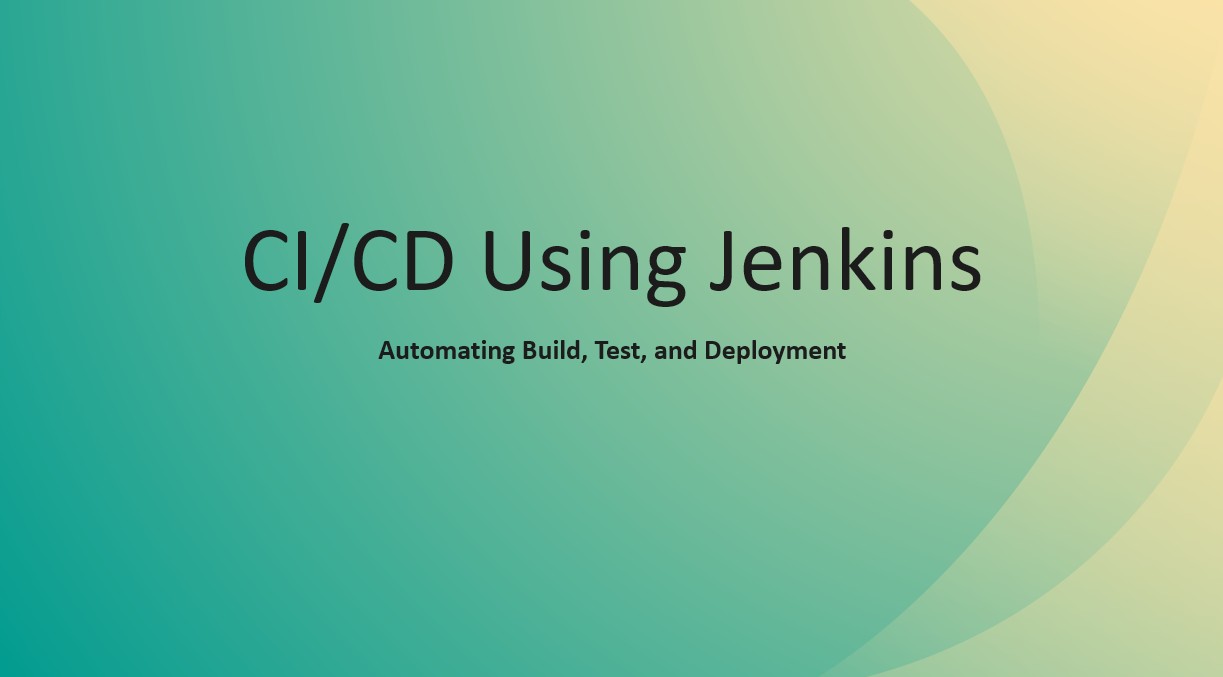INTRODUCTION TO SOFTWARE TESTING LIFE CYCLE
- (0 Reviews)
- 22 students enrolled
INTRODUCTION TO SOFTWARE TESTING LIFE CYCLE
The Software Testing Life Cycle (STLC) is a systematic approach to testing a software application to ensure that it meets the requirements and is free of defects
- (0 Reviews)
- 22 students enrolled
Requirements
- No prior knowledge of Testing
Description
It is a process that follows a series of steps or phases, and each phase has specific objectives and deliverables. The STLC is used to ensure that the software is of high quality, reliable, and meets the needs of the end-users. The main goal of the STLC is to identify and document any defects or issues in the software application as early as possible in the development process. This allows for issues to be addressed and resolved before the software is released to the public. The stages of the STLC include Test Planning, Test Analysis, Test Design, Test Environment Setup, Test Execution, Test Closure, and Defect Retesting. Each of these stages includes specific activities and deliverables that help to ensure that the software is thoroughly tested and meets the requirements of the end users. Overall, the STLC is an important process that helps to ensure the quality of software applications and provides a systematic approach to testing. It allows organizations to release high-quality software that meets the needs of their customers, ultimately leading to customer satisfaction and business success.
Recent Courses
- December, 2nd 2025
- 3
Design patterns are reusable solutions to common problems that occur in software design. what are the types
- Free
- November, 27th 2025
- 21
A beginner-friendly session designed to help anyone create a professional website using Wix. In this workshop, participants w..
- Free
- November, 24th 2025
- 14
Open Source Security Monitoring and SIEM
- Free
About Instructor


 Categories
Categories.jpeg)








